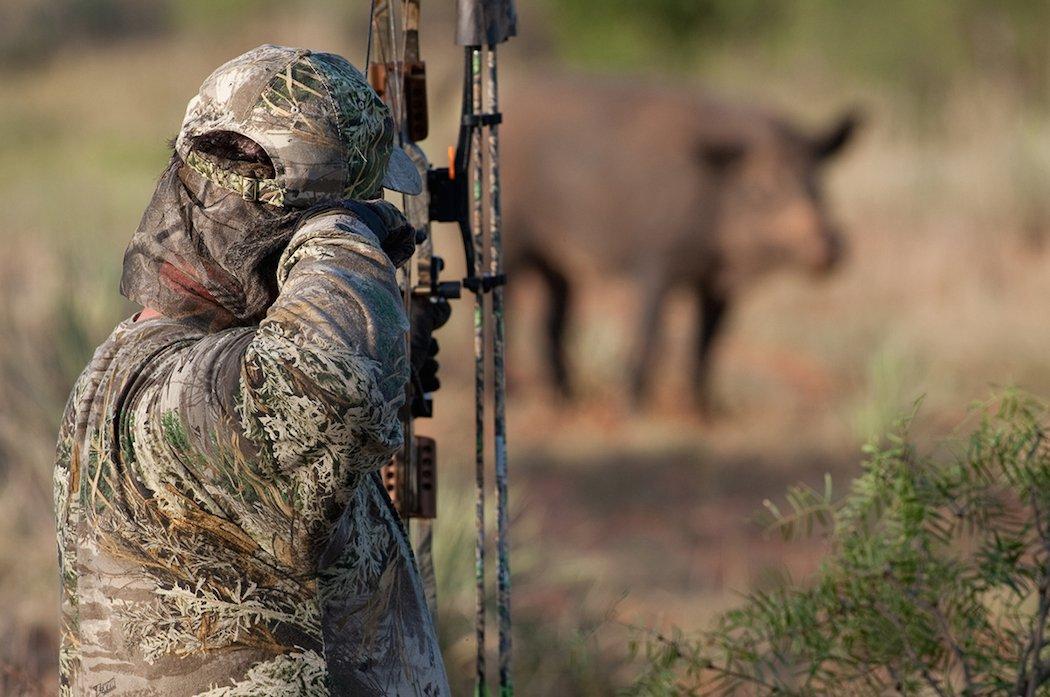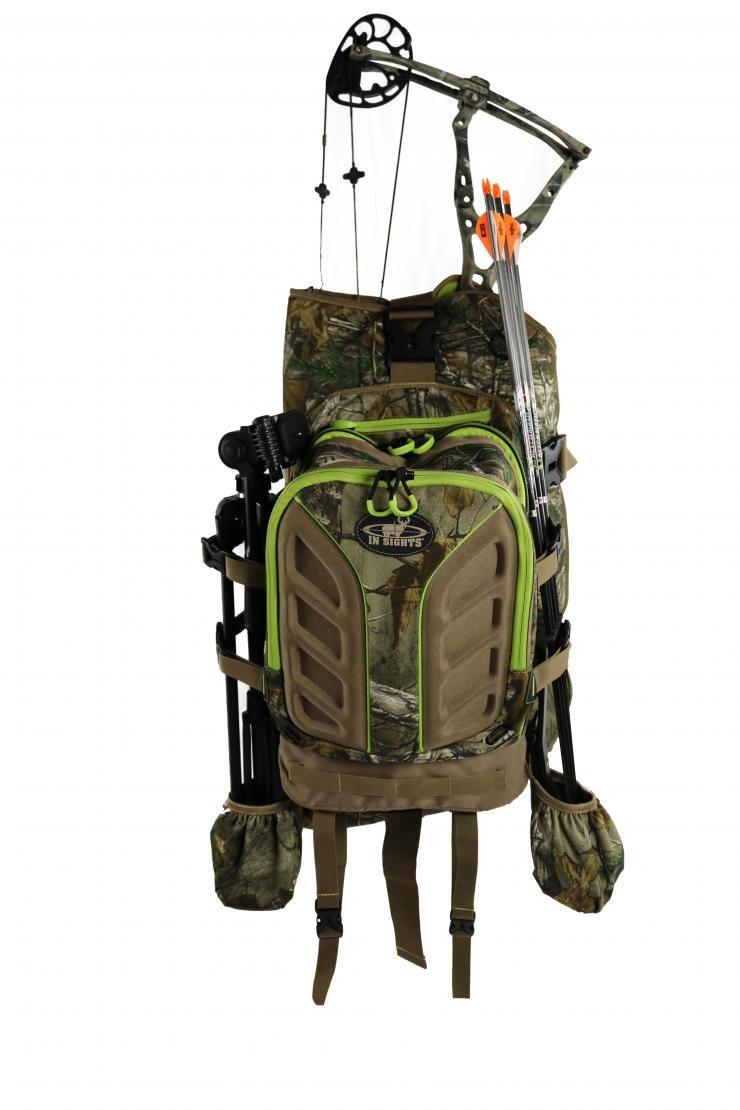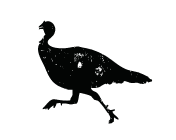How to Spot and Stalk a Hog

Since hogs roam most frequently in the early morning and late evening hours and then disappear quickly once the sun begins bearing down on their thick, fatty layers, you can't dawdle. Don't hunt these animals like deer, but more like elk, as you're trying to intercept them on the move. Remember what I said about hogs moving suddenly from one point to the next. If you tiptoe around too much, they'll make a fool of you. It's simply better to be aggressive all the time, blowing a stalk occasionally, than to be overly timid and miss out on every opportunity.
Glass valleys and oak-studded hillsides early or late in the day where food and water is plentiful. Hogs also frequently roam open grasslands where they chomp down on wild oats, which occurs mostly during the summer months. Hogs are easy to spot from a distance here, their darkish blobs contrasting starkly against the golden prairie. However, be sure to map out your stalk precisely, making notes of every useful landmark along the way. Otherwise, they'll disappear once you get eye level with them during the stalk.
Still-hunting is another effective method that works well along creek bottoms and dense canyons or other places where hogs frequently travel. Sometimes just roaming country and listening for squeals will give away the location of pigs.
When venturing out for even a half-day's worth of hunting, always tote a good-sized daypack with lots of water and food. This is serious backcountry, and you could easily get lost or simply walk too far. It's advisable to carry a two-way radio and cell phone when hunting alone, and even a GPS unit to simplify navigation when getting caught in the dark. If you bag a hog deep in the canyons, be prepared to butcher the animal on the spot and then to pack it out in quarters. Pack some good game bags for this reason. The Badlands Super Day or 2200 pack is a good choice for this kind of hunting, since each is tough enough to handle a heavy load but small enough not to affect mobility when stalking.
Tips for Stalking
During a stalk, pay attention to the wind direction, always. Wild pigs have the keenest noses around and any detection of human scent and they're outta' there. I use a wind-detector puff bottle to constantly monitor thermals.
A hog's eyesight is considered somewhat poor, but they can detect fast movement quite well. So be careful and always move slowly when hogs are close by.

When hunting steep country, being in good shape helps. Time is always of the essence when you're trying to intercept hogs and there's little shooting light left. Sometimes you may see a group of hogs bed down for the day, but this is more the exception than the rule. If you do get this lucky, take your time, and make the stalk count.
For an easier hunt, the various lowland valleys contain lots of hogs. Do your best to find out-of-the-way pockets where hunting pressure doesn't exist. You'll find that if hunting pressure does exist in one area, the hogs will go nocturnal, moving only during those last glimpses of light. Otherwise, they stay tucked away in the thickest patches of brush known to man.
Effective hunting techniques vary so much that it's hard to say one works better than the other. You must improvise and do what's necessary to get a shot.
A perfect example of this is a stalk I made years ago. After seeing some pigs cross the road in front of the truck, my buddy and I parked, bailed out, and then began still-hunting our way up the creek bottom where the hogs disappeared. About 30 minutes later, we came across their sounds, and we split up. I covered the high side of the canyon area; my buddy had the bottom. He ended up bumping the pigs, and before I knew it, I heard a stampede coming.
I barely got to full draw as I saw a giant pig head rounding a tree trunk less than 10 yards away. As soon as I touched my finger to the corner of my mouth, I let the arrow go. I shot the pig more out of self-defense than anything else. Fortunately, the arrow found the vitals and the giant 250-pound pig dropped within sight.
Prepare for the Shot
Wild hogs can present a tricky target. They're always on the move, zipping in and out of shooting lanes. If you're stalking, be ready to handle extreme uphill and downhill shots. Today's laser rangefinders with built-in angle meters take the guesswork out of such shots. However, in some cases, you may not have the time to use one, so practice refining your range-estimating skills as well as steep-angled shots well ahead of time.
For the most part, I refrain from taking shots past 40 yards. These animals are extremely tenacious for life, and if you don't hit them right, they'll vanish, either leaving a skimpy blood trail or none at tall. Mature-size hogs have heavy layers of skin, fat and membrane, which seal up like an extra-thick basketball. The result is little loss of blood.
The very best place to hit a big boar is a bit low and slightly quartering-away. This eliminates striking the heaviest part of the shoulder, the boar's shield, when aiming inline with the offside leg. A wild pig's vitals are low and more forward compared to a deer or elk, similar to a black bear.
Click here for more bowhunting articles and videos.
Take our hog hunting quiz to see how good of a hunter you are.
Check us out on Facebook.
Editor's Note: This article was originally published in 2009.





































